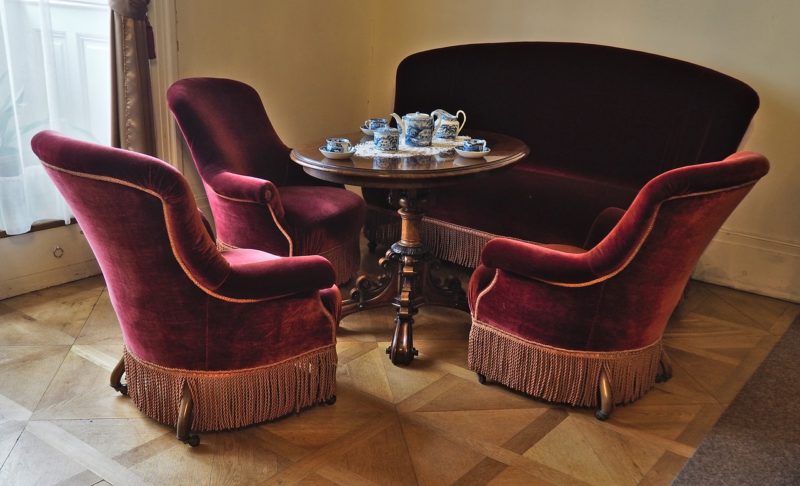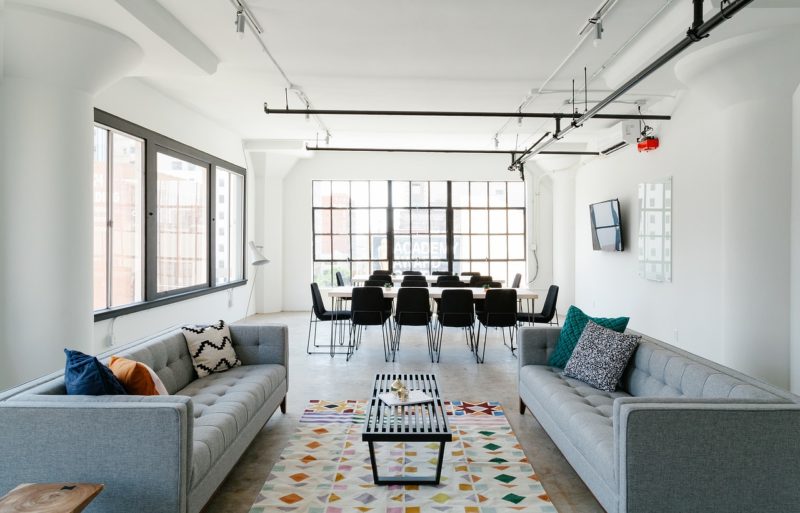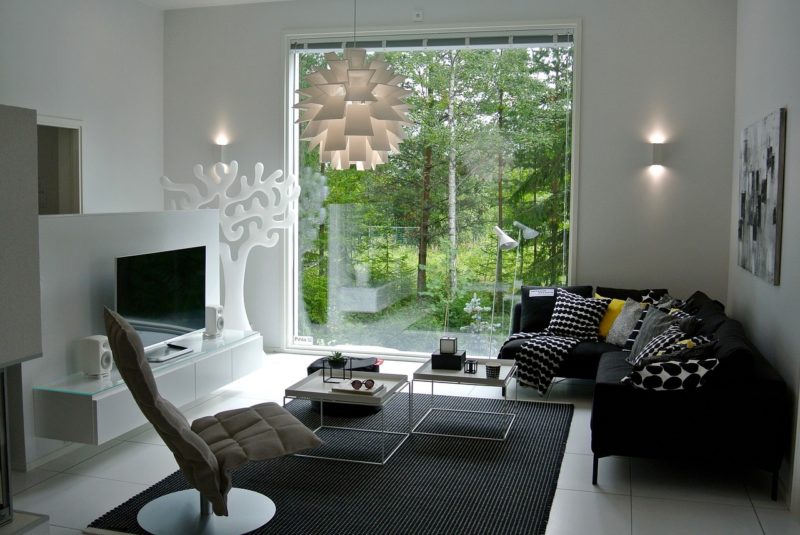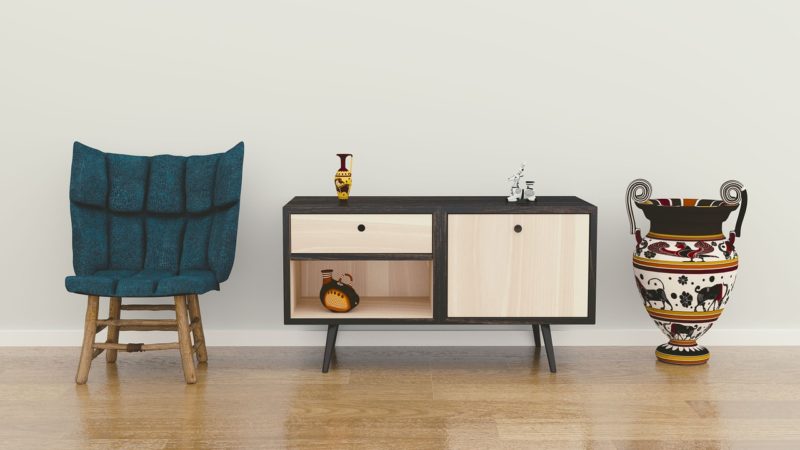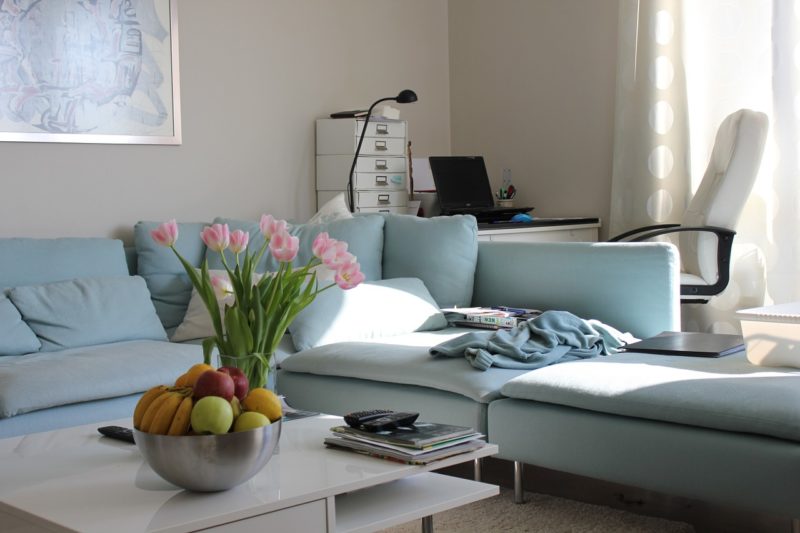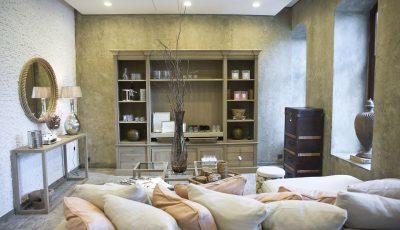Understanding the Relationship Between Fashion and Interior Design
If you’re an interior designer, or simply interested in interior design, you’re likely up to date on the latest home trends. You know which layouts help optimize a space, which colors collaborate to create and harmonize a beach theme, and which patterns help accentuate a room. But what you may not realize is that many of the interior trends you’ve become familiar with have originated from fashion, and what you see on runway shows eventually trickles down into homes around the world. Here’s what you should know about the relationship between fashion and interior design:
Current Interior Design Trends
According to interior decorator Mariana Kero, there are three prevalent trends in interior design, each of which were “borrowed” from the fashion world. These trends are velvets, metallics, and floral patterns.
Velvets—whether they’re on the body or in the living room—convey opulence, decadence, and elegance. Emerald velvet has been particularly popular in homes, paired perfectly with plants and brown leather. Other gem tones, like sapphire, have made their appearance to create a rich aesthetic.
Then, there are metallics like brass and gold. Incorporating these elements in small doses makes it easy to accentuate a focal piece or add a pop of glamour to the most muted of spaces. Think: gold knobs, brass handles, lighting, and coffee table trays. And lastly, floral prints are fresh and inviting, and help accentuate the fresh vibes of Spring year round.
“The floral popularity has really been inspired by Gucci, which I’d say is currently the hottest brand in fashion,” Kero said in an interview with Armina Interiors. “Gucci has shown a lot of florals, often mixed with other patterns and different fabrics. This creates a fanciful look that is just starting to trickle into home decor. The easiest transition into this trend will most likely be with wallpaper, but I also expect to see it in upholstery, drapery, and throw rugs.
The Future of Interior Design
It’s great to have an understanding about what’s happening right now in interior design, but it’s also important to have the proper forecast to predict what will happen in the future. The most successful fashion forecasters are able to predict trends based on economic conditions, trend history, patterns on the runway, and more. Forecasters must be able to make accurate assumptions on the future of fashion well ahead of the buying season, as buyers all around the world start making purchasing months before clothing and design pieces are put out on store floors and showcases.
When it comes to future design trends, it’s important to think about the global workforce, and the rate at which more people are beginning to work from home. With remote workers on the rise, you can bet that the home office will start to play a bigger role in the interior design landscape—as in, more people will be focusing on the design and functions of these rooms, rather than considering it an afterthought and throwing a desk, lamp, and printer in there.
In the next few years, minimalism will remain a strong trend in design, but their will be a bigger play on modular furniture and creating a unique, less “cookie cutter” appeal as Generation Z’ers start getting their own spaces and exploring their own preferences. According to a survey conducted by Apartment Therapy, “Furniture will become increasingly multipurpose: 65.7% say movable, modular, small scale pieces are going to overtake things that are built-ins and/or big.”
Get Involved
If you want to stay ahead of the interior design industry, why not immerse yourself in the fashion world, too? Doing so could help you catch the most pertinent trends before they catch on in the interior design industry itself. This is especially important if you make money from designing and decorating spaces. One way to do is by participating in a fashion design study tour from companies like Project Fashion. This will give you a hands-on look at what’s happening in the fashion industry, and how trends are determined and executed.
If you have the time and funds to support you along the way, another great hands-on tactic is to participate in an internship. Through an internship, you’ll learn plenty of fundamentals, and work alongside fashion editors, stylists, or designers to gain an in-depth look at what’s really happening behind the catwalk.
No matter which way you decide to get involved in fashion, always try to be aware of the styles and trends you see on the runways. Even if you spend some time watching runway videos online, you’ll notice key similarities across them. Jot these down, and start to think about how they can be incorporated into interior design.

